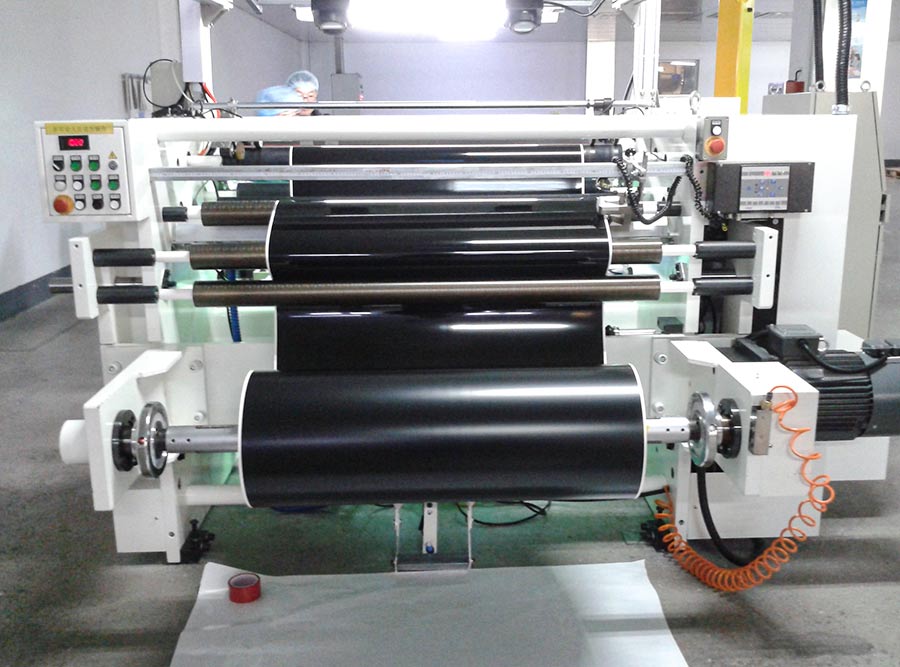The
Slitter Rewinder Machine manages dynamic changes in tension requirements during rewinding, particularly when transitioning between different materials or thicknesses, through a combination of adaptive control systems and mechanical adjustments. Here's how the machine handles these dynamic changes:
Automatic Tension Control:
The machine is equipped with automatic tension control systems that can adapt to changes in material characteristics. These systems continuously monitor tension levels and make real-time adjustments to ensure consistent tension throughout the rewinding process.
Tension Sensors and Feedback Systems:
Tension sensors are strategically placed along the material path, providing continuous feedback on tension levels. The machine utilizes this real-time data to identify variations and dynamically adjusts tension to match the specific requirements of the material being processed.
Programmable Tension Settings:
Operators can pre-set tension parameters based on the characteristics of different materials or thicknesses. The machine allows for programmable tension settings, ensuring that the control system can quickly adapt to varying tension requirements during material changes.
Tension Profiles for Material Types:
The Slitter Rewinder Machine may have pre-configured tension profiles for different material types stored in its system. These profiles specify the optimal tension settings for each material, facilitating smooth transitions without compromising the quality of the rewound rolls.
Differential Rewind Shafts:
Some machines feature differential rewind shafts that provide varying torque on different sections of the rewind shaft. This capability allows the machine to adapt to changing tension requirements, especially when rewinding materials with different characteristics.
Tension Compensation Algorithms:
Advanced tension compensation algorithms are employed to calculate and apply the necessary tension adjustments dynamically. These algorithms take into account factors such as material thickness, elasticity, and other characteristics to maintain uniform tension across the width of the material.
Dancer Roll Systems:
Dancer roll systems act as buffer mechanisms to absorb sudden changes in tension. These systems provide a smooth transition by allowing the machine to adjust tension gradually, minimizing the impact of dynamic changes during material switches.
Quick Changeover Features:
The Slitter Rewinder Machine is designed with quick changeover features, allowing for swift adjustments when switching between different materials or thicknesses. This includes rapid adjustments to tension settings, guiding systems, and other parameters to ensure minimal downtime.
Material-Specific Tension Algorithms:
The machine may employ material-specific tension algorithms that consider the unique characteristics of each material type. This level of sophistication allows for precise tension control, even when dealing with materials that exhibit varying stretch or elongation properties.
By combining these features, the Slitter Rewinder Machine effectively handles dynamic changes in tension requirements, providing a seamless transition between different materials or thicknesses during the rewinding process. The adaptive control systems and quick changeover capabilities contribute to maintaining high-quality rewound rolls across various production scenarios.

